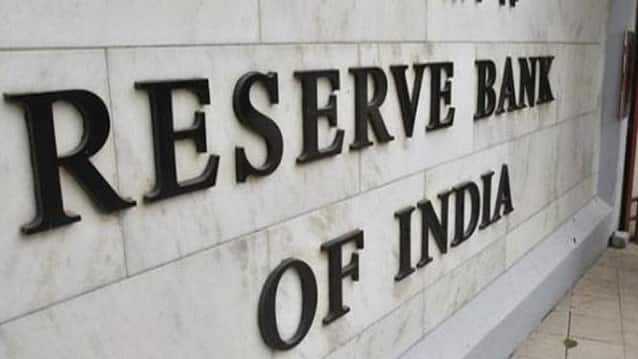Complemented by revised co-lending rules that take effect from 2026, the changes are expected to bring greater uniformity, risk discipline, and operational flexibility across the lending value chain.

In its latest circular last week, the central bank eased norms for MSMEs and retail borrowers while widening the scope of lending against gold for jewellers. (Source: twitter)
The Reserve Bank of India (RBI) has moved to recalibrate key elements of the country’s lending framework with amendments covering MSME, retail and personal loans, and lending against gold as working capital for jewellers. Complemented by revised co-lending rules that take effect from 2026, the changes are expected to bring greater uniformity, risk discipline, and operational flexibility across the lending value chain.
In its latest circular last week, the central bank eased norms for MSMEs and retail borrowers while widening the scope of lending against gold for jewellers. The changes allow scheduled commercial banks to offer need-based working capital loans to a borrower that uses gold as a raw material or input in its manufacturing or industrial processing activities.
It also allows urban co-operative banks in tier 3 and tier 4 cities to offer working capital loans on the same lines. So far, the rules had prohibited banks from lending for the purchase of gold or silver in any form or lending against the security of gold or silver.
The regulator also announced that while banks are free to decide the interest-rate spread over the external benchmark for MSME, retail, and personal loans, all components of the spread so far could be altered only once every three years. The latest amendment, effective October 1, 2025, now allows banks to reduce the other spread components for the benefit of the borrower earlier than three years.
Further, for EMI-based personal loans, lenders have so far been required to provide a mandatory option to the borrowers, at the time of reset of interest rates, to switch over to a fixed rate. The RBI has now made it discretionary for banks to provide this option to personal loan customers.
These amendments are intended to balance credit expansion with sound risk management, ensuring that lenders maintain adequate oversight while offering borrowers easier access to formal credit channels.
According to Kushal Rastogi, Founder & CEO at full-stack banking technology solutions provider Knight FinTech, “The RBI’s directives mark a transformational moment for India’s lending ecosystem. By expanding gold-backed credit and easing small business lending norms, the regulator is opening the door for millions of underserved MSMEs to access formal credit.”
“We see this as a catalyst for deeper collaboration where banks, NBFCs, and fintechs can co-lend with greater transparency and efficiency, offering faster and cheaper loans through blended rate structures.”
Importantly, the RBI in August this year had also overhauled the co-lending framework, which defines how banks and NBFCs jointly extend credit to borrowers. The revised framework, effective from April 2026, merged earlier expansions beyond priority sector lending (PSL) into a single, uniform rulebook and raised the bar on operational discipline and transparency.
It replaced the 2020 PSL-focused framework and incorporated recent changes, creating for the first time a common structure for all loan types — secured and unsecured — across a wider range of players. For fintechs, these developments collectively expand the regulatory clarity around their collaboration models with traditional lenders.
Also read: IPO-bound Tata Capital bets on green energy financing, tech push for growth
This year, the central bank also tightened regulations around Default Loss Guarantees (DLGs) to strengthen risk management in digital lending and co-lending. Key changes included capping DLGs at 5 per cent of the disbursed amount within a fixed loan portfolio, excluding fintech firms from providing DLGs, and mandating that NBFCs exclude fintech-sourced DLGs from provisioning calculations.
Moreover, the co-lending arrangements now require lenders to retain at least 10 per cent of each loan on their books, with asset classification done at the borrower level.
“We view the RBI’s recent directives as a positive step towards a more structured and inclusive credit ecosystem. Clearer co-lending norms and the expansion of gold-backed lending for MSMEs create new opportunities for fintechs to partner with banks more effectively, leveraging technology to assess and manage risk,” said Saurabh Puri, Chief Business Officer, Zaggle.
“By moving away from mechanisms like Default Loss Guarantees, the regulator is encouraging more sustainable, transparent credit flows. For digital lenders and our enterprise customers, this clarity not only enables smarter, data-driven lending decisions but also strengthens overall confidence in the system, paving the way for long-term growth.”
Empower your business. Get practical tips, market insights, and growth strategies delivered to your inbox
By continuing you agree to our Privacy Policy & Terms & Conditions
